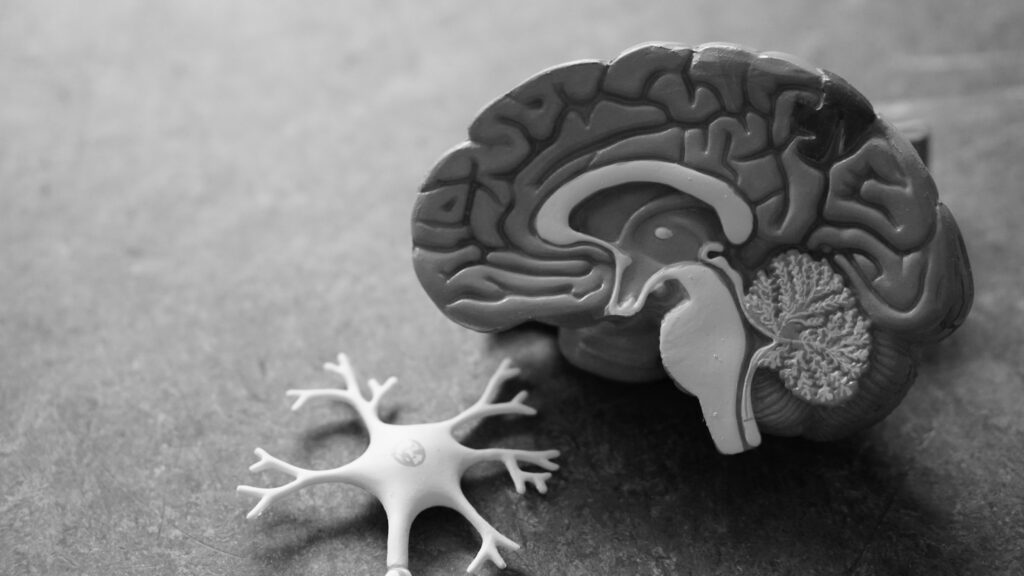The fundamental processes and anatomy of the brain are relevant to every human being
- Dr. Niklas Häusler
- Neuro

"The human brain is the most complex mass of protoplasm on earth - perhaps even in our galaxy."
- Marian Diamond (1926-2017)
As a brain researcher at the University of California at Berkeley, Marian Diamond [1] did not only study Albert Einstein’s brain, but was also one of the founders of modern neuroscience. She was the co-discoverer of neuroplasticity [2], the principle that brain cells, brain synapses (the connections between brain cells), and even whole areas in the brain adapt in anatomy and function according to utility. The quote above presumably refers to the fact that each of our brains is made up of approximately 86 billion neurons [3], which additionally maintain up to another 10,000 connections per neuron.
Knowledge about the brain and its systems can explain many facets of human behavior.
Psychological expertise can be very important to understand human behavior more accurately. However, in order to gain an even deeper understanding of our behavior in contexts such as stock trading [4], food choices [5], and even in football-specific situations [6], methods that measure brain structure and activation must be additionally applied. These neuroscientific methods make it possible to record brain processes in a data-based manner.
Associations that previously remained hidden, become visible. An example from the stock market: Why do we perceive losses so much more strongly than gains? Since this principle explains several irrational behaviors (so-called cognitive biases, such as the endowment effect [7] and the sunk cost fallacy [8]), it is gratifying to know that researchers were already able to find out which processes in the brain give rise to this phenomenon. By knowing these processes, we are now able to cope with them accordingly.
A basic understanding of the brain can help to improve our future decisions.
It is very likely that the topics “brain” and “neuro” will accompany us more and more over the next years and decades. To better understand and accurately assess all this new information, it will help each of us to have a better understanding of the basic processes and anatomy of the brain. However, since not every sports and business expert has enough time to complete a university degree in this field, we now offer our compact “neuro11 Online Seminar”. Through this seminar you will get a comprehensive, individualized and applicable overview, which will help you in the future.
A well-presented first insight about the anatomy and systems of our brain (in 3D) can be found on the reference link below [9]. By selecting different brain regions (via the box on the top left) you will learn where each region is located and what role it plays in our daily life.
#trainyourbrain
If this article sparked your interest and you would like to know more about this or other topics, please do not hesitate to contact us via info@neuro11.de. We look forward to hearing from you.
References
[1] Wikipedia article about Marian Diamond: Link
[2] Science article: Link
[3] The Journal of Comparative Neurology article: Link
[4] Scientific Reports article: Link
[5] NeuroImage article: Link
[6] Plos One article: Link
[7] Wikipedia article about the endowment effect: Link
[8] Wikipedia article about the sunk cost fallacy: Link
[9] Link to an interactive 3D-visualization of the brain: Link




